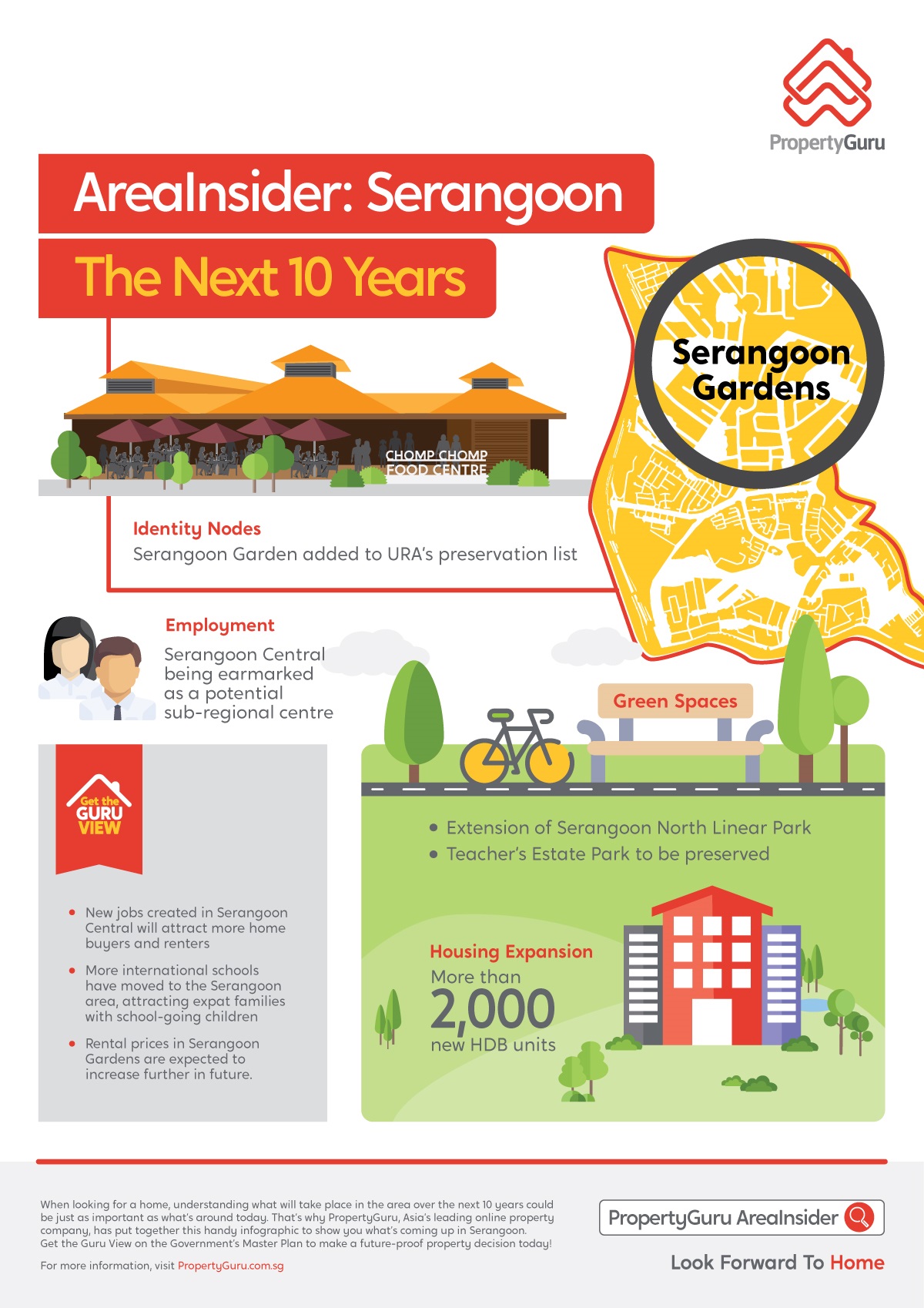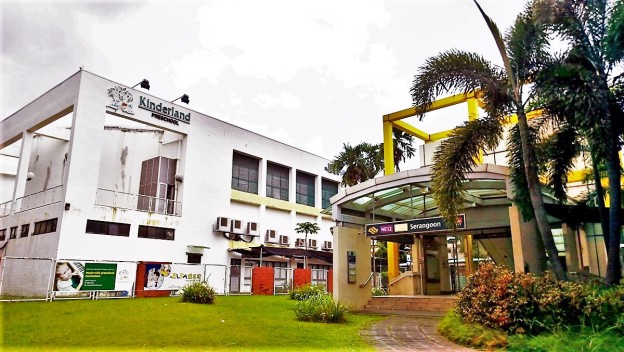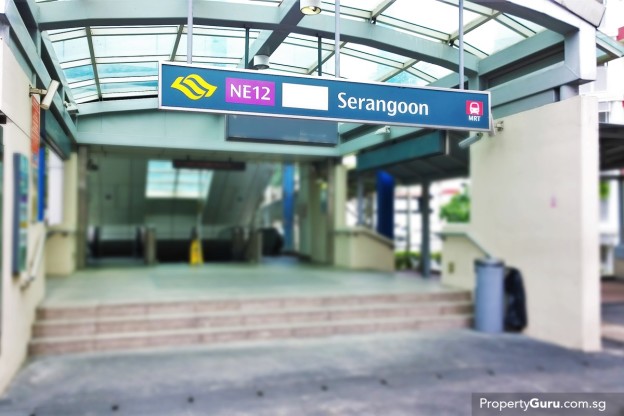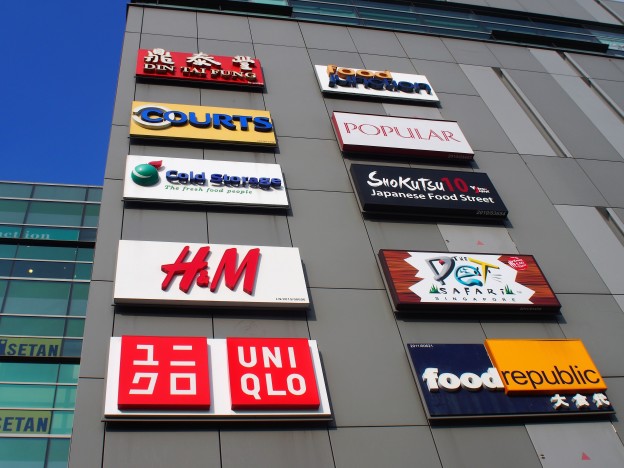
History of Serangoon
There is (quite a heated) debate regarding the origin of the name Serangoon. What is known is that the first settlers in the area were from India, specifically, Tamil Muslim traders.
Originally these settlers earned a living from either cattle farming or from the brick kilns. But gradually these were removed and by the outbreak of the Second World War, none remained.
The Serangoon that we see today began life in 1982, when the development of Serangoon New Town commenced. HDB flats were built, in what was Neighbourhood 3 (as well as a portion of Neighbourhood 2). Two years later work began on Serangoon Central. The area’s first bus interchange opened in 1988, a year before work on the Town was officially completed. The interchange subsequently moved to Nex in 2011 to link to the MRT network.
What’s in it?
The two star names in the area are very different in character. Serangoon Gardens is a private residential estate. It is also one of the oldest still surviving on the island, dating back to the 1950’s, when it was home to many of the British officers serving in Singapore. As a consequence, many of the road and street names reflect its British past.
Nex on the other hand represents modern Singapore. It is the largest mall in the northeast of Singapore, and one of the largest on the entire island. As well as a rooftop library (the nation’s first), dog park and wet and dry playground, the complex is home to the bus interchange and Serangoon MRT station.
In the next 10 years
The focus over the coming years in Serangoon is one of preserving what they have, as much as building new star-spangled attractions. And that, of course is a good thing. Too much of the island’s heritage has been knocked down and replaced in the name of progress, so the URA’s move to add Serangoon Gardens to its list of identity nodes is a very positive thing. It will be preserved from development and the surrounding areas will not be able to have a negative impact on the charming neighbourhood.
Meanwhile, construction work on Phase 1 of the highly-anticipated Cross Island Line (CRL), which is slated to run through Serangoon North, will commence in 2020 with completion targeted by 2029.
Phase 1 will comprise 12 MRT stations commencing from Changi’s Aviation Park to Bright Hill in Bishan. CRL’s first phase, which will span 29 kilometres, is expected to benefit over 100,000 households and reduce travel time by 50 to 70 minutes.
In addition, two neighbourhood parks will be preserved and enhanced, with Serangoon North Linear Park being extended and Teacher’s Estate Park providing an oasis of calm for nearby residents.
There will also continue to be an influx of jobs into the area, with Serangoon Central being earmarked as a potential location for a sub-regional centre.
Looking for a property in Serangoon? Find an agent to take the hassle out of your home search.
Get the Guru View
Serangoon Gardens – or The Goon as the large community of expats affectionately refer to it – has its own unique atmosphere. It manages to blend western and local culture in a way that just works.
As well as maintaining a local feel – particularly with the incredible Chomp Chomp Hawker Centre, it is also home to a large number of Australians and French nationals due to its proximity to the Australian International School and the French School of Singapore.
As such, demand for rental homes in the area has gone up. However, as most of the properties in Serangoon Gardens are landed homes, rental prices are not cheap and can range from about $4,000 to $7,000 per month depending on the size of the property.



